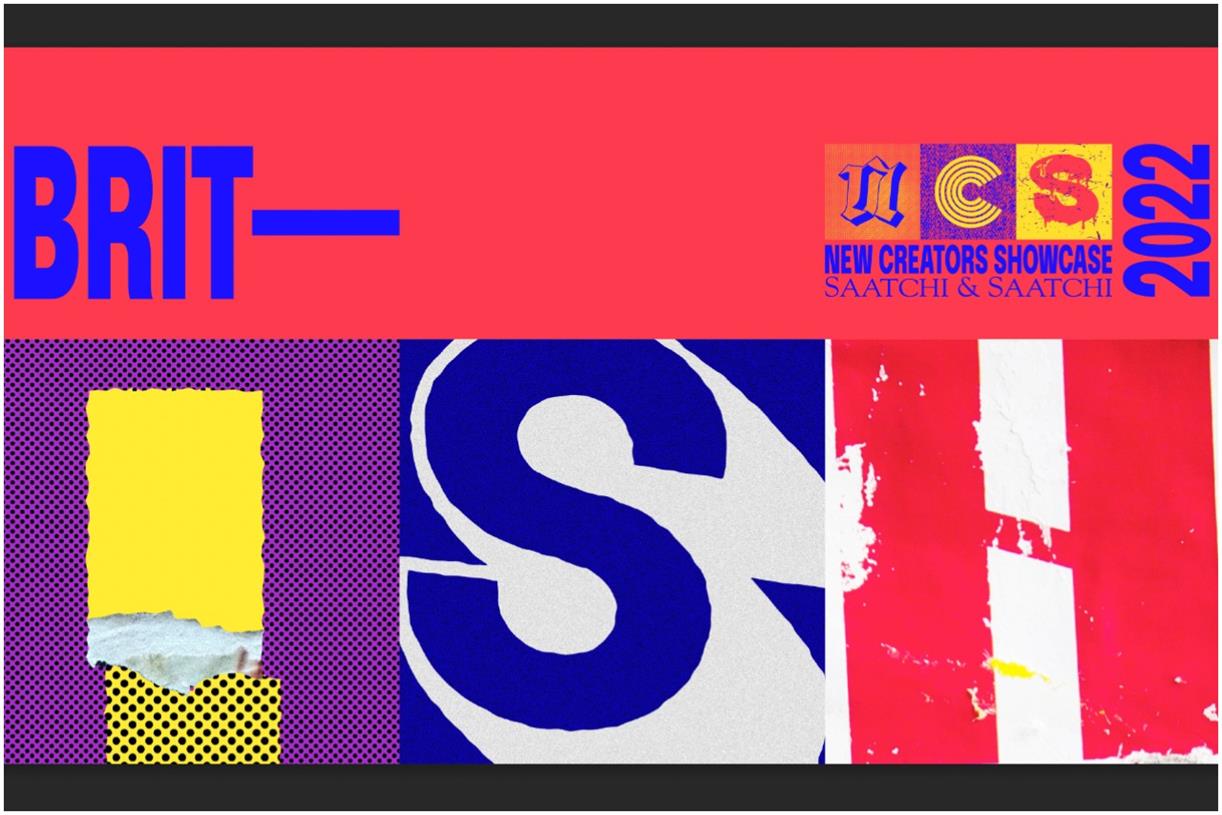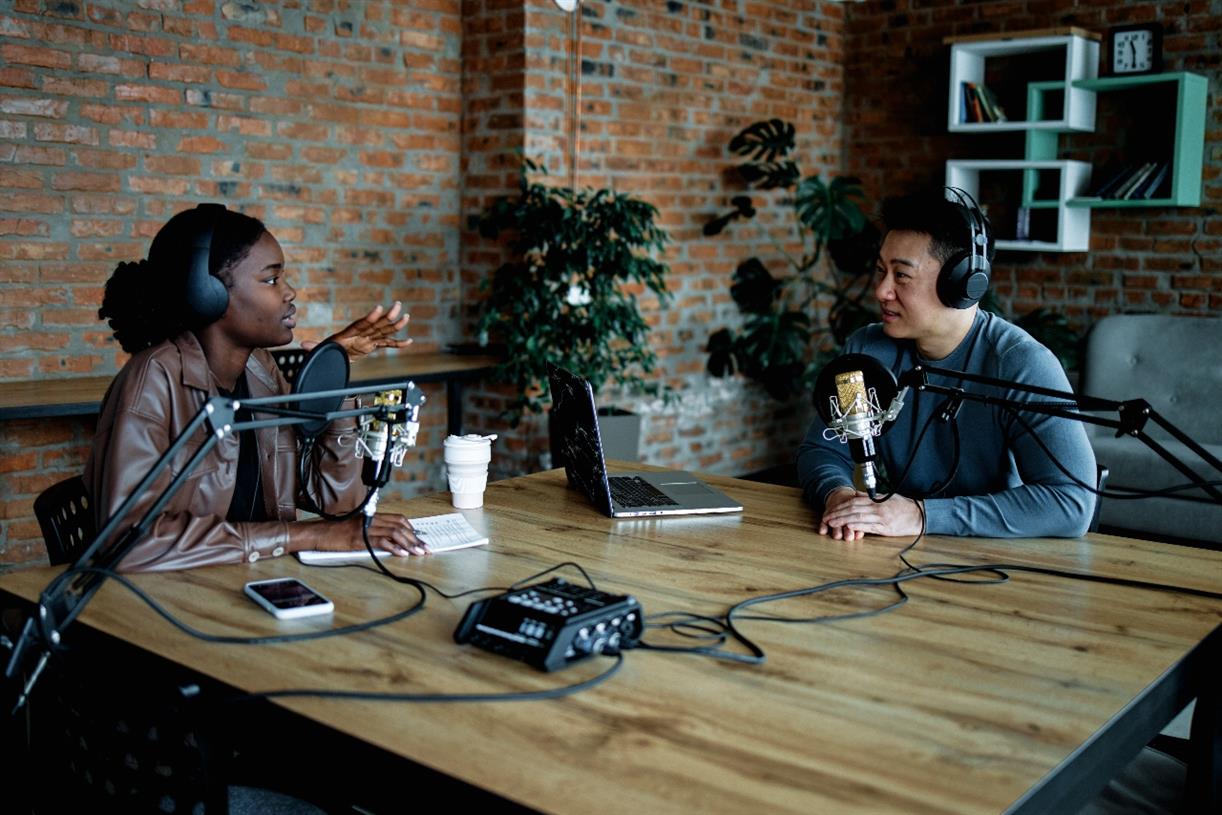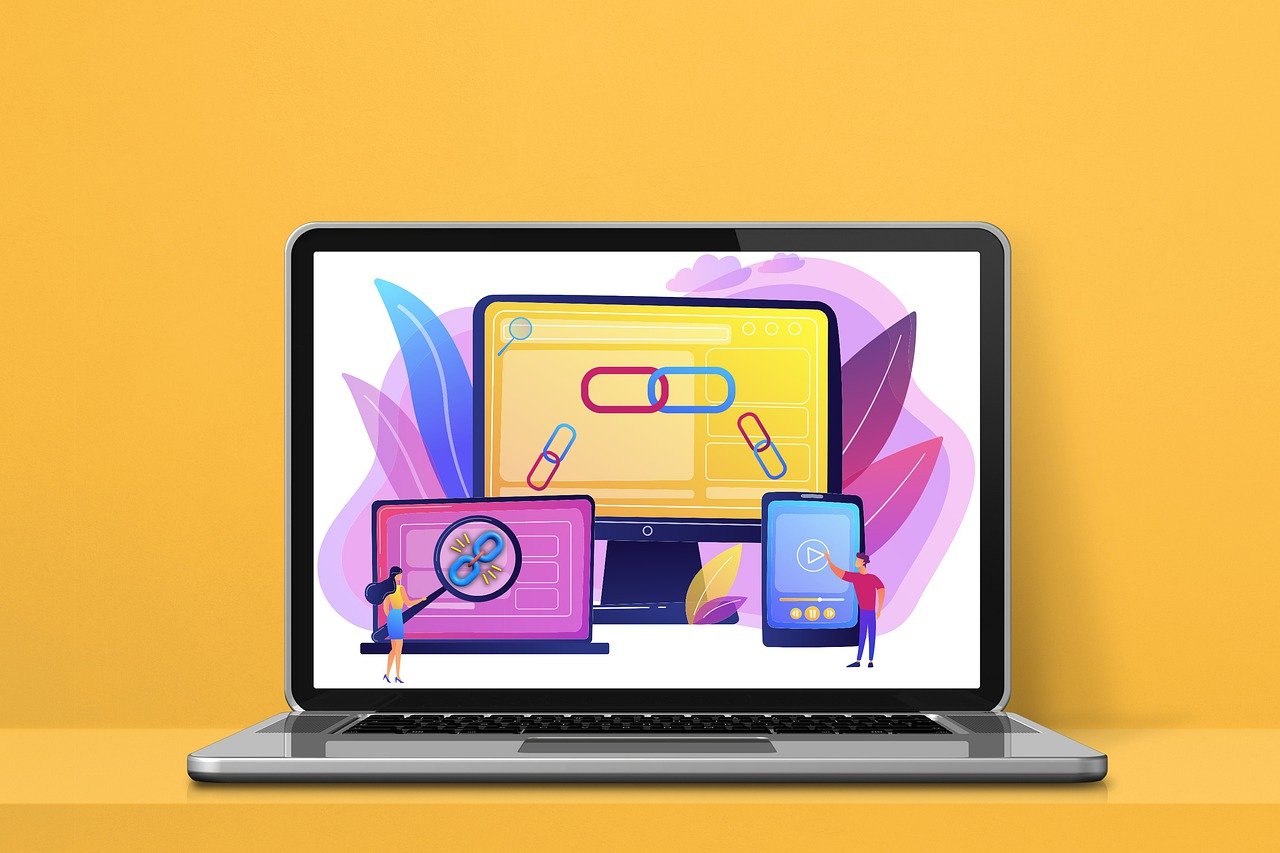How to Get to Inbox Zero in Gmail, Once and for All
We’re inundated with email daily — making it hard to keep track of tasks and manage your workflow. However, organizing your emails doesn’t have to be a pain. In fact, it’s possible to get your Gmail inbox to zero...
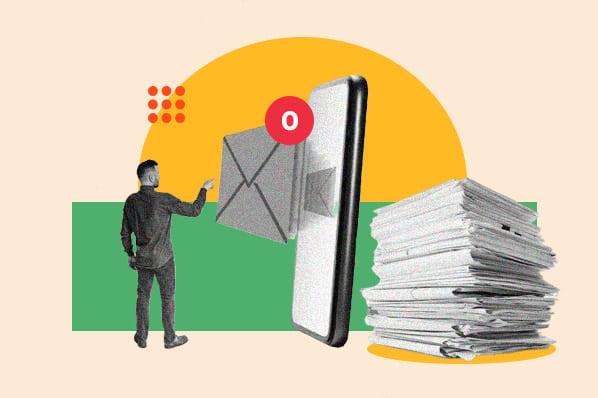
We’re inundated with email daily — making it hard to keep track of tasks and manage your workflow. However, organizing your emails doesn’t have to be a pain. In fact, it’s possible to get your Gmail inbox to zero in as little as 15 minutes. While we can’t stop new emails from coming in, we can help you organize it better. I stumbled upon Andreas Klinger’s inbox zero method for Gmail years ago and his method still works for me to this day. In this post, I'll show you how to organize your Gmail inbox according to Klinger's method so it's clean, systematized, and easy to navigate — making you a more efficient, productive, and overall happier human being. I'll also show you how I adapted his labeling system for content marketers. Skip to: Before we get into the nitty-gritty, let's go over the basic methodology: The result? A clean inbox that's easy to navigate and lets you triage new emails with little effort. Here's how to set this up in Gmail. To make this whole process work, you'll need to get rid of the Social and Promotions tabs. (Pro Tip: If you're worried about getting an onslaught of social notifications and promotional emails in your inbox each day, then take this opportunity to set up filters so your social notifications are automatically archived or deleted, and mass unsubscribe to the promotional emails you don't read using a tool like Unroll.Me.) In "Settings," go to the "Inbox" tab and do the following: Click "Save Changes," and Gmail will automatically reload. Click the gear icon and choose "Compact" from the dropdown menu. Click the gear icon and choose "Settings" from the dropdown menu. Go to the "Labs" tab, and enable multiple inboxes. (These are the different"panes.") Scroll to the bottom and click"SaveChanges." In "Settings," go to the "General" tab and scroll down until you see the section labeled "Stars." Add the stars you want to use to represent each of your panes. As a content marketer, I chose: Not a content marketer? Klinger uses the pane names "Needs Action/Reply," "Awaiting Reply," "Delegated," and "Scheduled" (for arranged meetings, flights, event tickets, scheduled calls, and anything else he might need to reference quickly). Scroll to the bottom and click "Save Changes." In "Settings," go to the "Multiple Inboxes" tab. Each panel represents one of your multiple inboxes (up to 5), and you can name and arrange them any way you choose. Here's what I did: Notice how I used "OR" so different stars could go into the same pane: yellow bang for important action items and red bang for urgent action items. Here's a list of all the possible search queries: Pro Tip: If you use the Gmail mobile app frequently, Klinger suggests using the default yellow star for important action items because it's the only special star supported by the mobile app. While you're still in the "Multiple Inboxes" tab, make the maximum page size whatever you'd like (I do 20 conversations per page), and position panels on the right side of the inbox. Click "Save Changes," and you'll be taken back to your inbox. Now for the fun part. Everything you've done to this point is to set yourself up for getting to an empty inbox. Right now, you're probably looking at hundreds, maybe thousands of emails in your inbox. Don't be overwhelmed. You will get to zero, but you need to take care of it right now. It's actually not that hard. And trust me, it feels good. Here are Klinger's helpful instructions: Do one of three things with each email: One of the best parts about special stars (as opposed to labels) is that you don't need to click into an email or follow multiple steps to mark it with a special star. Instead, simply click the blank star to the right of the sender name — and keep clicking to scroll through all your special stars until you land on the one you want. It'll take a few seconds, but that email will then show up in the appropriate pane. Remember to archive the email once you've marked it with a special star so it clears from your general inbox. Once you've gone through the first few pages of your inbox and you feel like you don't have any more important emails, it's time for what Klinger calls "the daring move." Select all of your emails by clicking the check box on the top left. Confirm that you really did mean all those thousands of emails, not just the current page. Then, click "Archive." POOF. Tadaa! You’re finished. I've been able to maintain an empty inbox pretty easily ever since. Emails aren't slipping through the cracks like they sometimes used to. I'm also able to keep better track of all the emails I've sent that need a reply or that I have to follow up on in some way. Use this method to declutter your inbox and better organize your workflow. Editor's note: This article was originally published in June 2015 and has been updated for comprehensiveness.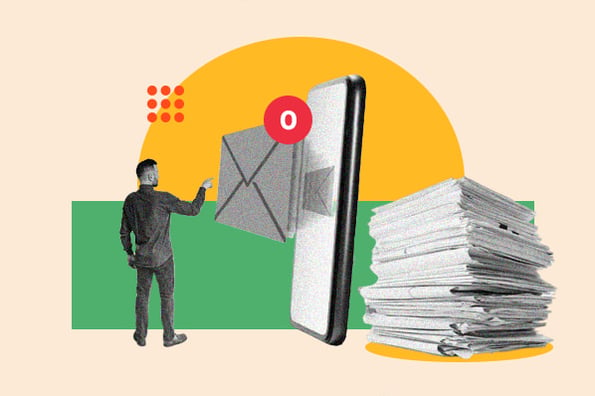
How to Get to Inbox Zero in Gmail
.webp?width=669&height=292&name=inbox-zero-1%20(1).webp)
The Step-by-Step Guide to Getting to Inbox Zero in Gmail
Step 1: Prepare for your new inbox layout.
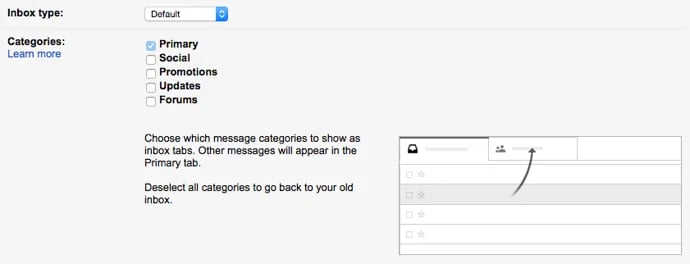
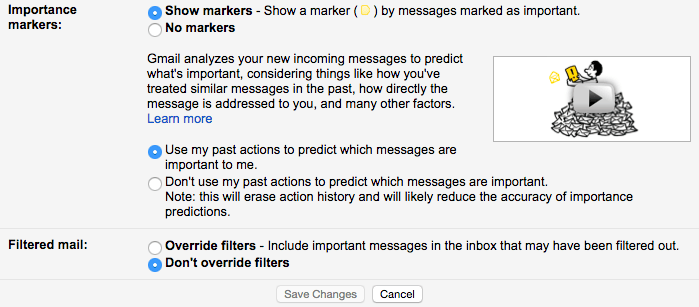
Step 2: Make the display density of your inbox compact.
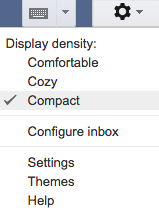
Step 3: Enable multiple inboxes.

Step 4: Turn on the right special stars.

Step 5: Set up filters to pull emails with your special stars into the right panes.
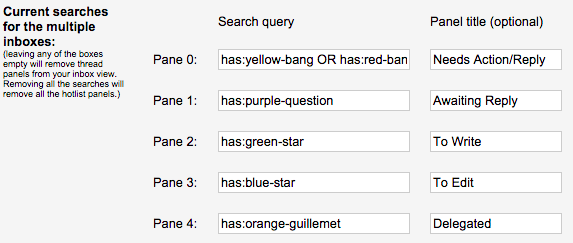

The Road to Inbox Zero
Go through the first two or three pages of your inbox.
Archive everything else.
Fin

 Fransebas
Fransebas ![The Beginner's Guide to Email Marketing [Free Ebook]](https://no-cache.hubspot.com/cta/default/53/53e8428a-29a5-4225-a6ea-bca8ef991c19.png)
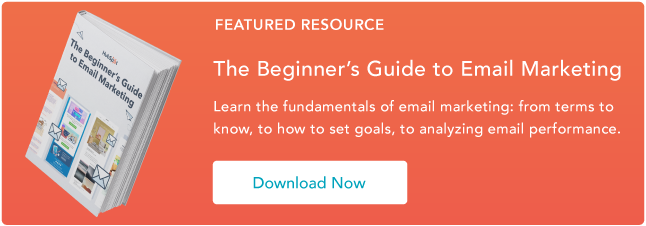








![How to Build a Detailed Business Plan That Stands Out [Free Template]](https://blog.hubspot.com/hubfs/build-business-plan-fi%20%281%29.jpg#keepProtocol)

